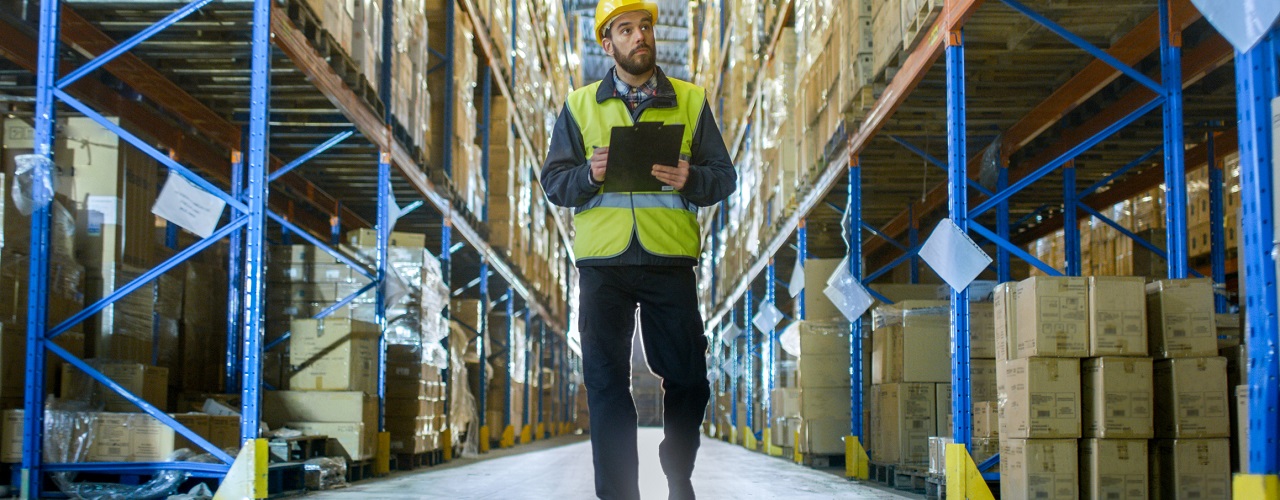How To Choose The Right Warehouse Management System
A Warehouse Management System (WMS) has a lot to offer when it comes to ensuring a facility is efficiently run and processes are optimised. The right system will provide perspective on operations and real time data that can be used to make key decisions about stock and sales. The right WMS can input into everything, from picking and shipping to inventory management, helping to reduce costs and improve productivity right across the business. Given the importance of the WMS, how do you make sure that you choose the right one?
A system that is simple to integrate
A WMS can make life much easier if it integrates effortlessly with other applications and software that you’re already using within the business. This will create a much more seamless system and enable data to be optimised across all of your platforms. Key areas for integration may include accounting and analytics systems already in place, as well as ecommerce platforms, marketplaces, CRM and existing shipping platforms.
The importance of a user-friendly interface
If a WMS comes with a user-friendly interface then the amount of training that will be required to get up and running is minimised. You’re likely to have to cope with fewer inaccuracies and mistakes and will be able to start seeing ROI on the WMS investment almost straight away. If the WMS is overly complex and staff find it difficult to understand then it could become a burden. However, if it is user friendly they will be able to maximise the use of the features that it has.
Reporting and analytics features
It’s essential that the WMS you choose for your business has reporting and analytics features so that you can make the most of all the data it will generate. On-demand reports that are simple to create and customise will provide you with the opportunity to get perspective on the way that operations across the warehouse are being run. You’ll be able to see much more clearly what is happening throughout the warehouse and feed this data into key decisions about strategy, purchasing or financial forecasting.
Data storage details
There are usually two options with respect to data storage when it comes to a WMS. The first is that data, such as inventory information, is stored on a server. There are some disadvantages to this as it means the data can only be accessed from a single computer. The other option is that the data is stored online on the web. Opting for web-based options enables secure access to key data from any device and any location.
The right level of support
Whether it relates to installation or ongoing issues, it’s important to ensure that the WMS you choose has the right level of support for your business. Key questions include whether support is offered at all, whether it is only available during business hours and how you’ll be supported e.g. over the phone or via web chat.
A robust WMS can create new opportunities for productivity and growth so finding the right one is essential.

Leave a comment